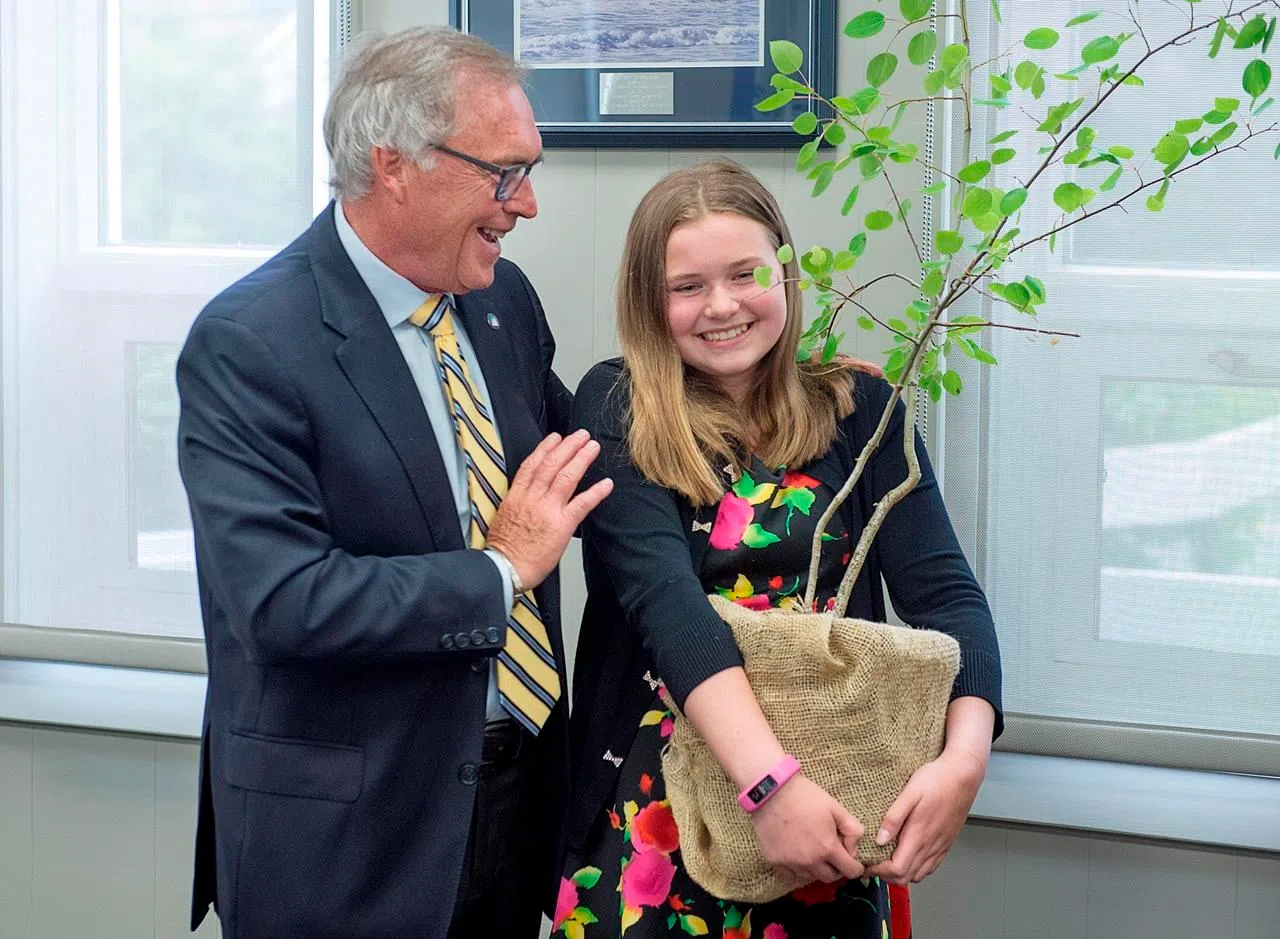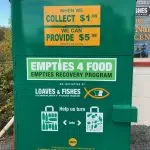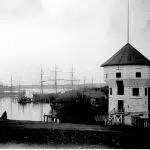
Nova Scotia commits to cleaning up the polluted LaHave River
BRIDGEWATER, N.S. — When 12-year-old Stella Bowles decided to test the waters of a scenic river near her Nova Scotia home last fall, she had no idea her elementary school project would be the catalyst for a government cleanup plan after years of neglect.
“I just thought it would be a little project to let people know what was going on and it’s exploded from there,” Bowles said Tuesday, following a signing ceremony between the Municipality of the District of Lunenburg and the Nova Scotia government.
“It’s like it took a kid to actually bring awareness to a problem,” said Bowles. “I think that’s actually kind of cool.”
Bowles, whose family lives near Bridgewater, began taking water samples last November and posted test results to her Facebook page. Those tests, later verified by a government lab, showed bacteria levels that exceeded Health Canada guidelines.



